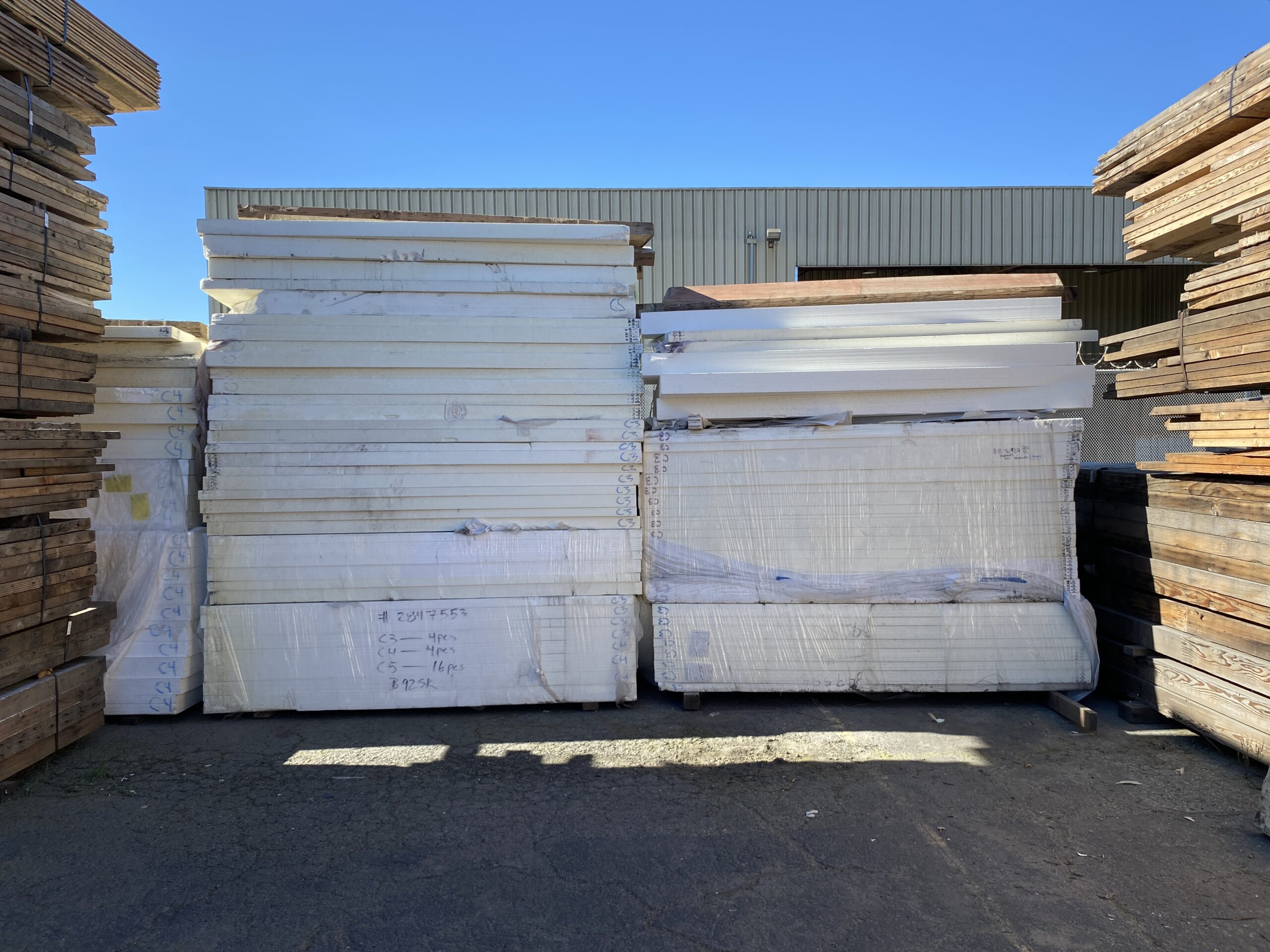Concrete is one of the most widely used construction materials, known for its durability and strength. However, it is not without its challenges, particularly when it comes to cracking. One common question that arises in the construction and building maintenance community is whether the installation of a vapor barrier can contribute to concrete cracking. This article delves into the intricacies of vapor barriers, their purpose, and their potential impact on concrete integrity.
Understanding Vapor Barriers
A vapor barrier is a material designed to prevent moisture from passing through walls, floors, and ceilings. Typically made from polyethylene or similar materials, vapor barriers are essential in areas where moisture control is critical, such as basements, crawl spaces, and slabs on grade. The primary function of a vapor barrier is to inhibit the migration of water vapor from the ground into the building structure, which can lead to mold growth, wood rot, and other moisture-related issues.
The Relationship Between Vapor Barriers and Concrete
Concrete is inherently porous, allowing moisture to permeate through it. When a vapor barrier is installed beneath a concrete slab, it serves to block moisture from the ground. This is particularly important in climates with high groundwater levels or where soil moisture is prevalent. However, the question remains: does this barrier contribute to cracking in the concrete?
Factors Influencing Concrete Cracking
To understand the potential impact of vapor barriers on concrete cracking, it is essential to consider several factors:
- Moisture Control: Proper moisture management is crucial in preventing concrete cracking. If a vapor barrier is installed correctly, it can help maintain the moisture balance within the concrete. However, if the barrier is improperly placed or if there are gaps, moisture can accumulate, leading to pressure build-up and potential cracking.
- Curing Process: The curing of concrete is a critical phase that affects its strength and durability. A vapor barrier can help retain moisture during the curing process, which is beneficial. However, if the concrete dries out too quickly due to environmental factors or improper curing techniques, it can lead to shrinkage cracks.
- Temperature Fluctuations: Concrete expands and contracts with temperature changes. If a vapor barrier restricts this natural movement, it can create stress points within the concrete, leading to cracking. It is essential to ensure that the vapor barrier does not impede the natural thermal expansion and contraction of the concrete.
- Soil Conditions: The type of soil beneath the vapor barrier can also influence cracking. Expansive soils, which swell when wet and shrink when dry, can exert significant pressure on the concrete slab. In such cases, a vapor barrier may not be the sole factor contributing to cracking; rather, it is the interaction between the soil and the concrete that plays a critical role.
Best Practices for Vapor Barrier Installation
To mitigate the risk of cracking associated with vapor barriers, consider the following best practices:
- Proper Installation: Ensure that the vapor barrier is installed correctly, with no tears or gaps. Overlap seams and seal them to prevent moisture ingress.
- Moisture Testing: Conduct moisture testing of the soil before installation. This can help determine the need for a vapor barrier and inform the choice of materials.
- Curing Techniques: Implement effective curing methods to maintain moisture levels in the concrete. This may include using curing compounds or covering the slab with wet burlap.
- Monitoring Soil Conditions: Regularly assess soil conditions and make adjustments to drainage systems as needed to prevent excessive moisture accumulation.
Conclusion
In conclusion, while a vapor barrier is a crucial component in moisture management for concrete structures, it is not a direct cause of cracking. Instead, the relationship between vapor barriers and concrete cracking is influenced by various factors, including moisture control, curing practices, temperature fluctuations, and soil conditions. By adhering to best practices in vapor barrier installation and concrete curing, builders and property owners can significantly reduce the risk of cracking, ensuring the longevity and durability of their concrete structures.

